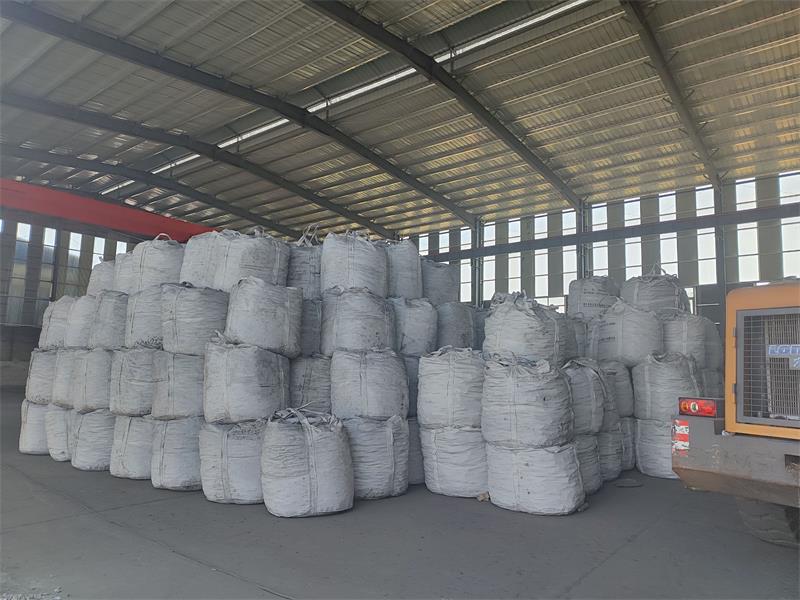On July 4, the National Development and Reform Commission and other departments issued a notice on the “Energy Efficiency Benchmark Level and Baseline Level in Key Industrial Fields (2023 Edition)”, which mentioned that it will combine energy consumption, scale, technology status and Transformation potential, etc., to further expand the field of energy efficiency constraints. On the basis of the original 25 energy efficiency benchmark levels and benchmark levels in key areas, ethylene glycol, urea, titanium dioxide, polyvinyl chloride, purified terephthalic acid, radial tires, industrial silicon, toilet paper base paper, tissue base paper, cotton, chemical fiber And 11 fields including blended woven fabrics, knitted fabrics, yarns, and viscose staple fibers, and further expand the scope of energy-saving and carbon-reducing transformation and upgrading in key industrial areas. In principle, technological transformation or elimination should be completed by the end of 2026.
Among them, ferroalloy smelting involves manganese-silicon alloy (comprehensive level of unit energy consumption) benchmark: 950 kg of standard coal, benchmark: 860 kg of standard coal. Ferrosilicon (comprehensive level of unit energy consumption) benchmark: 1850 (minus 50) kilograms of standard coal, benchmark: 1770 kilograms of standard coal. Compared with the 2021 version, the comprehensive level of unit energy consumption, manganese-silicon alloy remains unchanged, and the benchmark energy consumption of ferrosilicon alloy is reduced by 50 kg of standard coal.
Post time: Jul-07-2023




